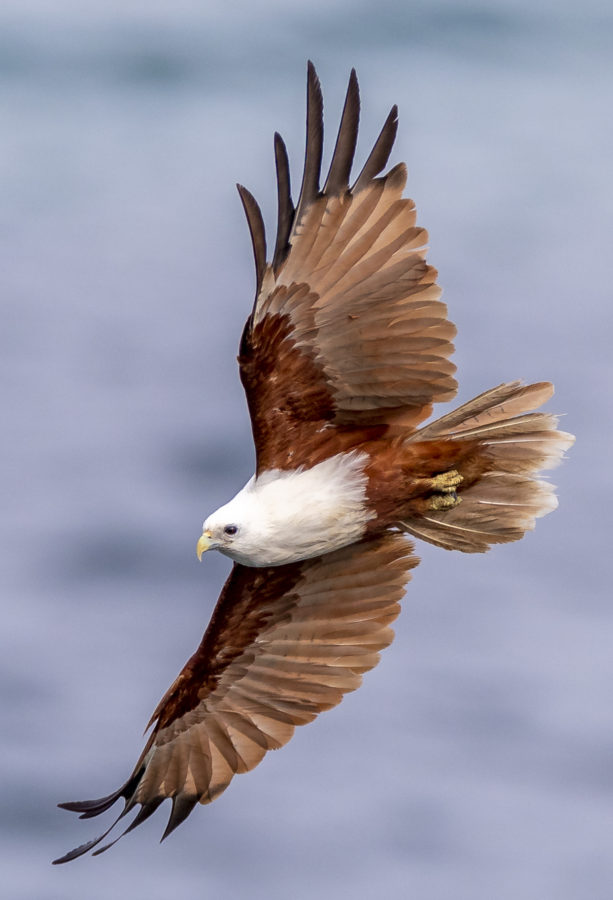
They may also indulge in kleptoparasitism and attempt to steal prey from other birds. It is primarily a scavenger, feeding mainly on dead fish and crabs, especially in wetlands and marshland, but occasionally hunts live prey such as hares and bats.

The incubation period is about 26 to 27 days. Both parents take part in nest building and feeding, but likely only the female incubates. A clutch of two dull-white or bluish-white oval eggs measuring 52 x 41 mm is laid. In some rare instances, they have been seen to nest on the ground under trees. They show considerable site fidelity nesting in the same area year after year. The nests are constructed of small branches and sticks with a bowl inside and lined with leaves, and are located in various trees, often mangroves. In southern and eastern Australia, it is August to October, and April to June in the north and west. The breeding season in South Asia is from December to April. Behaviourīrahminy kite eating, Kabini Reservoir, India However, the species is on the decline in some parts such as Java. It is evaluated as being of least concern on the IUCN Red List of Threatened Species. They are mainly seen in the plains, but can sometimes occur above 5000 feet in the Himalayas. They perform seasonal movements associated with rainfall in some parts of their range. This kite is a familiar sight in the skies of Sri Lanka, Nepal, India, Iran, Pakistan, Bangladesh, and southeast Asia and as far south as New South Wales, Australia, through which region it is widespread and resident. The brahminy kite is about the same size as the black kite ( Milvus migrans) and has a typical kite flight, with wings angled, but its tail is rounded unlike the Milvus species, red kite, and black kite, which have forked tails.
Brahminy kite habitat description Patch#
The pale patch on the underwing carpal region is of a squarish shape and separated from Buteo buzzards. The juveniles are browner, but can be distinguished from both the resident and migratory races of black kites in Asia by the paler appearance, shorter wings, and rounded tail. The brahminy kite is distinctive and contrastingly coloured, with chestnut plumage except for the white head and breast and black wing tips.


He used the French name L'aigle de Pondichery. In 1760, French zoologist Mathurin Jacques Brisson described and illustrated the Brahminy kite in the first volume of his Oiseaux based on a specimen collected in Pondicherry, India.


 0 kommentar(er)
0 kommentar(er)
